This month’s roundup features primary sources related to fiber arts and clothing manufacture in the 18th century. From sourcing the materials for fabric dyeing and weaving to the purchase and upkeep of the finished product, textile production and circulation provides a fascinating point of entry to 18th-century studies. These works give a closer look at art, culture, science, and even economics in the 18th century.
The social, cultural, and economic importance of cloth and clothing is demonstrated in surprising places. For instance, the Old Bailey’s transcript of Will Norman’s trial for Grand Larceny in 1743 sheds some insight into types of clothing worn, their potential desirability as a commodity in the 18th century, and sample prices of items such as “three Cambrick Aprons,” “five Holland shirts,” and “three Sheets.”

As innovation in the fabric and clothing industry drove colonial expansion and exploration, writers in the fields of science, technology, and manufacturing composed handbooks and manuals to aid craftsmen in cultivating and processing a vast array of materials. Philip Miller’s 1758 The Method of Cultivating Madder includes instructions for cultivating, drying, and manufacturing madder, including technical drawings and diagrams to assist others.

Such manuals were not limited to large-scale manufacturing, however. Béat-Antoine-François Hennezel’s 1776 Traité Des Différentes Espèces de Tapisseries (Treatise on the different types of tapestries) provides useful information for the domestic weaver, including design tips, color choices, and the varieties and uses of various threads.

As Hennezel’s address to the reader (“À Madame!”) suggests, the creation, alteration, and upkeep of clothing was often the purview of female craftsman, artisans, and homemakers, and many 18th century literary works were dedicated to the elevation and celebration of this domestic responsibility.
Please see the gallery below for further examples of primary sources we’ve rounded up this month as well as a sampler of relevant journal articles that can be found through 18thConnect.org.
September Roundup Gallery:
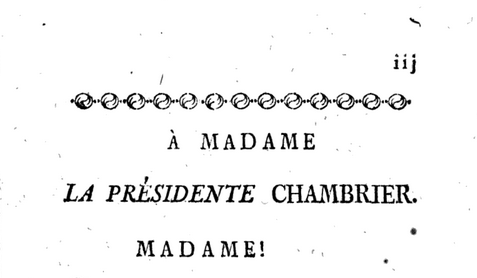
Frontmatter to Traites des Tapisseries 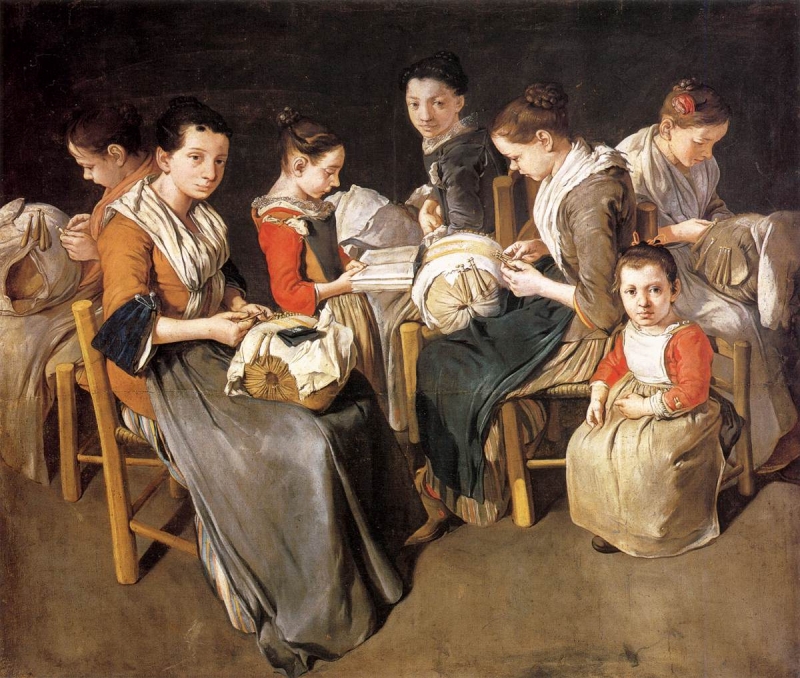
Women Working on Pillow Lace 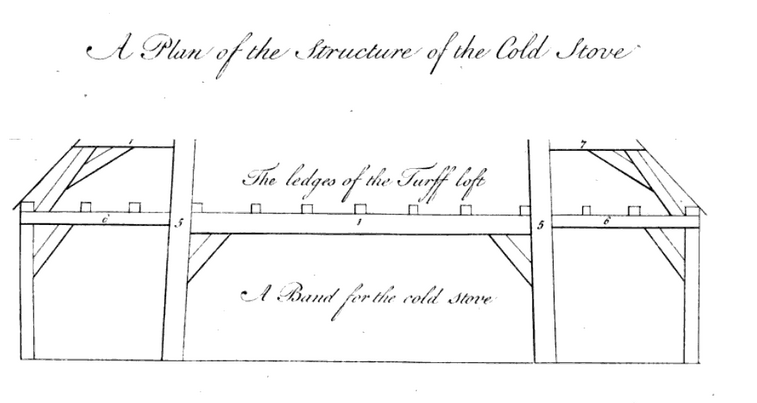
Philip Miller, Technical Drawing, from The Method of Cultivating Madder 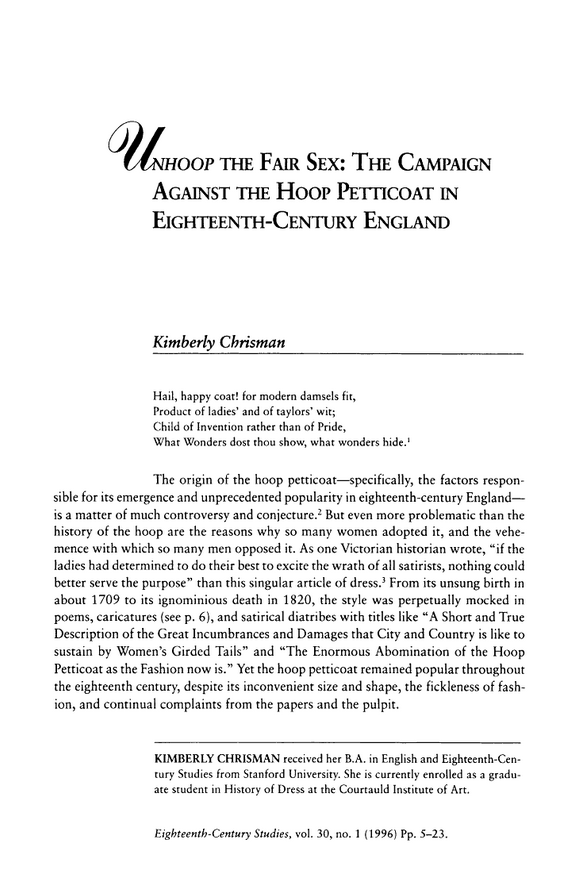
Unhoop the Fair Sex 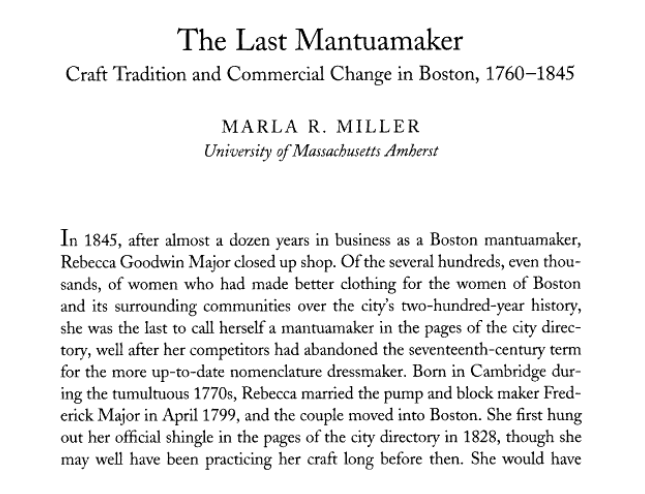
The Last Mantuamaker 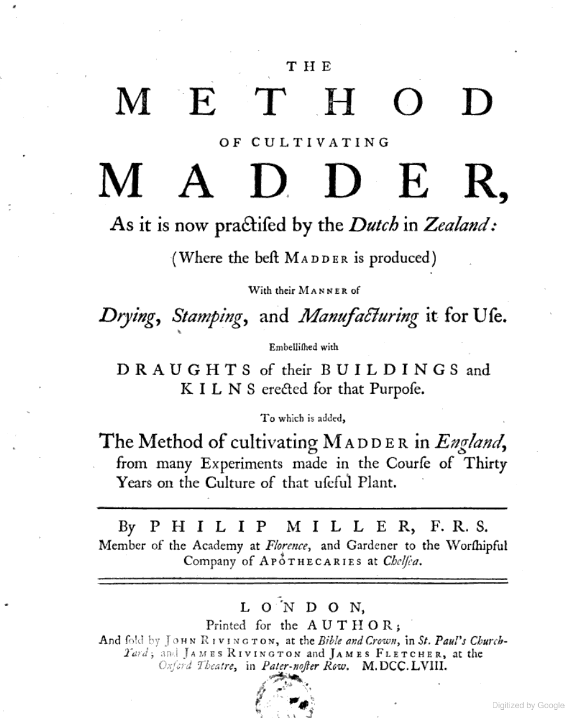
The Method of Cultivating Madder 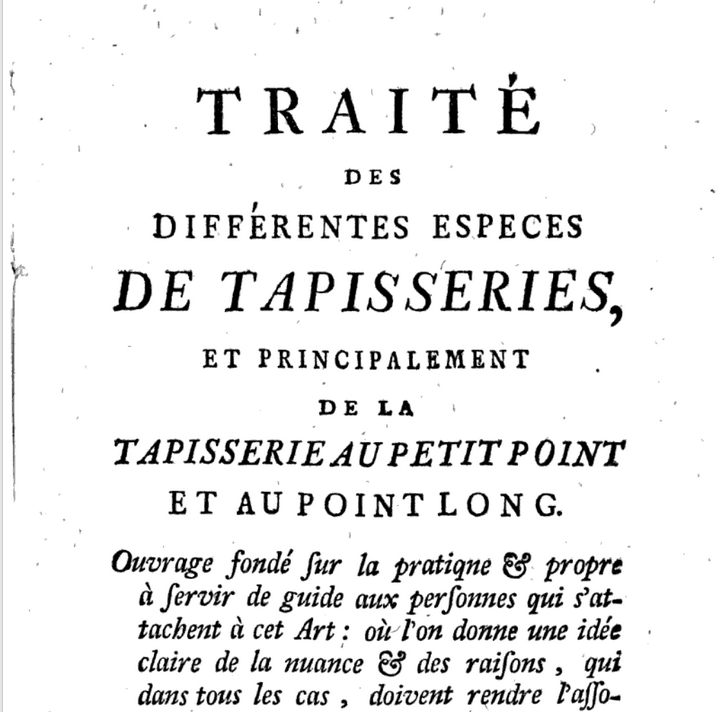
Frontmatter for Traites des Differentes Especes de Tapisseries, translated as “a treatise of the different types of tapestries” 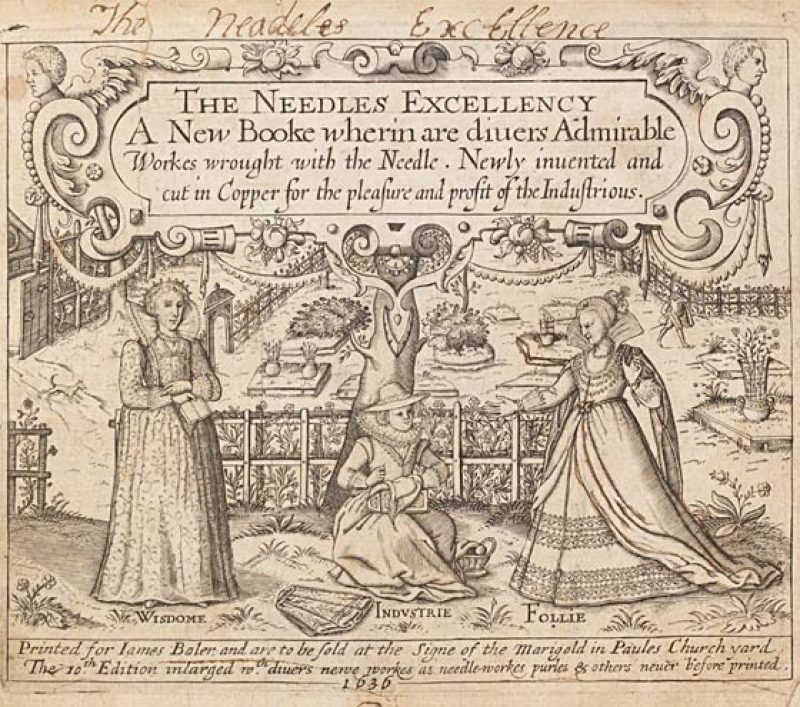
Frontmatter to The Needles Excellency
Further Reading from 18thConnect.org:
Burnham, Michelle. “Trade, Time, and the Calculus of Risk in Early Pacific Travel Writing.” Early American Literature 46, no. 3 (2011): 425–47.
Cage, E. Claire. “The Sartorial Self: Neoclassical Fashion and Gender Identity in France, 1797-1804.” Eighteenth-Century Studies 42, no. 2 (2009): 193–215.
Castro, Wendy Lucas. “Stripped: Clothing and Identity in Colonial Captivity Narratives.” Early American Studies 6, no. 1 (2008): 104–36.
Chrisman, Kimberly. “Unhoop the Fair Sex: The Campaign Against the Hoop Petticoat in Eighteenth-Century England.” Eighteenth-Century Studies 30, no. 1 (1996): 5–23.
Hiner, Susan. “Lust for ‘Luxe’: ‘Cashmere Fever’ in Nineteenth-Century France.” Journal for Early Modern Cultural Studies 5, no. 1 (2005): 76–98.
Lindberg, Anna Lena. “Through the Needle’s Eye: Embroidered Pictures on the Threshold of Modernity.” Eighteenth-Century Studies 31, no. 4 (1998): 503–10.
Miller, Marla R. “The Last Mantuamaker: Craft Tradition and Commercial Change in Boston, 1760—1845.” Early American Studies 4, no. 2 (2006): 372–424.
“Patterns – The Lady’s Magazine: Understanding the Emergence of a Genre.” https://research.kent.ac.uk/the-ladys-magazine/stitch-off/patterns/.
Reynolds, Nicole. “Cottage Industry: The Ladies of Llangollen and the Symbolic Capital of the ‘Cottage Ornée.’” The Eighteenth Century 51, no. 1/2 (2010): 211–27.